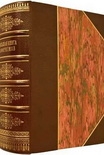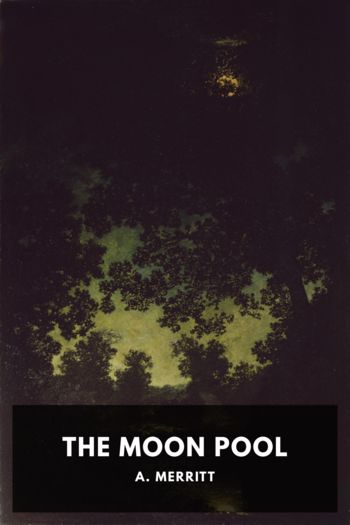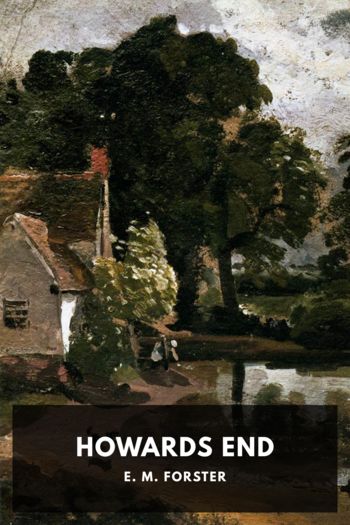How to Become a Witch, Amber K. [new books to read .txt] 📗

- Author: Amber K.
Book online «How to Become a Witch, Amber K. [new books to read .txt] 📗». Author Amber K.
Third, all gods and goddesses of all religions are real in the sense that they reflect some true aspect, or part of, divinity. Do you want a glimpse of the Divine? Well, you can look at Jehovah/Yahweh and read the Bible, but you can also read the stories and myths of Isis, Apollo, Diana, Changing Woman, Thor…or any of the thousands of other deities worshiped by anybody anywhen.
No single one of these can give you a full understanding of the original Creator and Source—that would be a lot to ask. But any one of them can teach you something about divinity. Is God love? If so, then you need to spend some quality time with Aphrodite, the Greek goddess who knows a whole lot about love. Is God justice? Talk to Themis. Is God power? Meditate on Zeus. Is God truth? The Egyptian goddess Ma’at can tell you a thing or two. And so on, and on….
So are there really many gods and goddesses? Yes. Or just one? Yes. There is a saying that sums it up: “All gods are one God, all goddesses are one Goddess; God and Goddess are One.”
One way of looking at this is to imagine a disco ball[1]—a sphere made up of many small mirrors, each of which reflects a little bit of reality. In this analogy, each little mirror or facet is one named aspect of Deity—Diana, Apollo, Isis, Baba Yaga, etc.—and together they compose the whole, the One. What makes this really reflect (pardon the pun) the Wiccan worldview is that if you look at a disco ball, one of the facets is reflecting your image—as it should, since thou art God, thou art Goddess, you are a sacred being in your own right. And, given a large enough disco ball, it will reflect the whole universe, too.
Now, not all Wiccans agree with this all-in-one, one-in-all view. Some are monotheistic, working with one aspect of Deity exclusively; some work only with one pantheon of gods—Egyptian, Celtic, Norse, or other—and some work with whatever individual deity seems appropriate for the task at hand. The two favorite deities in Wicca are the Lady of the Moon (Maiden, Mother, and Crone) and the Hornéd God of the Wild. But it’s okay for any Wiccan to work with as many or as few aspects of Deity as they wish—each individual must come to terms with Deity in whatever way makes sense to them.
So are deities really symbols or archetypes, or do they have an independent existence? Can they hear our prayers and intervene in our lives? Are they sentient, individual beings? Again, the answer is yes; if you ask ten Witches, you will get at least thirteen viewpoints.
Some Witches believe that the deities have evolved to be independent, living entities. Some think they were always that way. Some see them as powerful symbols. Some prefer the broader “Goddess” and “God” and work very little with more specialized deities. Some work with Mother Earth and Father Sun, and so on. Since we cannot ever fully understand Deity, it seems right that each person should work with the divine power in whatever way, by whatever name or names, are effective for that individual.
Wicca is very diverse, with no set dogma or set of beliefs standard to all. Sometimes even the members of one coven will work with different deities. In our coven, for instance, one member can be counted on to invoke the Norse pantheon anytime it’s her turn to do ritual, another usually calls on the gods of the Celts, and most of the rest of us are eclectic, calling whoever is appropriate for the purpose of the particular ritual. On the other hand, some traditions, or branches, within Wicca work with a single pantheon.
Every religion has some central theme or goal, and Wicca is no exception. A Buddhist might say her goal is to release attachment and end suffering for herself and all other beings. Christians might want to achieve salvation, witness for their faith, and spend eternity in heaven after they die. A follower of Asatru might say his goal is to live and die with honor and then feast with his fathers in the Halls of Helgafjell, Valhalla, or Fólkvangr.
Most Witches would probably say that their aim is to live in harmony with nature and to become more like the Goddess and the God—that is, to grow in wisdom, love, and power through life after life, resting between lives in the Summerland. And the ultimate goal, if there is one? That’s for the Goddess to know. It’s our job simply to follow the spiral with all the skill, honor, and compassion we can manage.
Hecate and her black hounds
Hecate is an ancient goddess, old before the Olympian pantheon came to Greece. Her origins may lie in Turkey, Thrace, or even Egypt.
She came to be known as Queen of the Witches—the goddess of wisdom, magick, night, and the crossroads.
Black hounds were sacred to her, and folklore has tales of giant black dogs with glowing eyes appearing to travelers on dark, lonely roads. Sometimes these hounds were fierce and threatening, but just as often, they seemed friendly and might even guide the lost to safety.
The meaning of the pentagram
The pentagram is a five-pointed star drawn with a single line, sometimes within and touching a circle (see page 61). It has been used for millennia as a symbol of protection, balance, and the Goddess. The points represent earth, air, fire, and water, under the guidance of spirit.
Its possible origin: if you carefully watch the apparent motion of the planet Venus in the sky, it produces a pentagram over eight years’ time. Venus is named for the goddess of love and life.
Today the pentagram,





Comments (0)